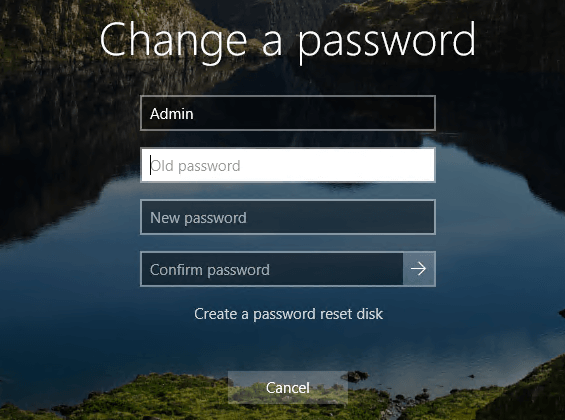
In the digital age, where security and privacy are paramount, managing passwords effectively is crucial for safeguarding personal and sensitive information. Windows 10 provides users with robust tools and features for password management, including the ability to change passwords seamlessly. Whether you’re updating your password for security reasons or simply refreshing it for peace of mind, understanding how to change your password in Windows 10 is essential. In this exhaustive guide, we’ll explore the intricacies of changing your password in Windows 10, covering the various methods, best practices, and considerations for maintaining strong password hygiene.
Understanding the Importance of Changing Your Password: Passwords serve as the primary line of defense against unauthorized access to your device, accounts, and personal data. Regularly changing your password is a fundamental security practice that helps mitigate the risk of unauthorized access and enhances overall cybersecurity. By changing your password periodically, you can reduce the likelihood of security breaches, protect your sensitive information, and maintain control over your digital identity.
Methods for Changing Your Password in Windows 10: Windows 10 offers several methods for changing your password, catering to different user preferences and scenarios. Here are the primary methods for changing your password in Windows 10:
1. Using the Settings App:
- Open the Settings app by clicking on the Start menu and selecting the gear icon.
- In the Settings app, click on “Accounts.”
- Select “Sign-in options” from the left sidebar.
- Under the “Password” section, click on “Change” and follow the prompts to create a new password.
2. Using the Ctrl + Alt + Delete Menu:
- Press the Ctrl + Alt + Delete keys simultaneously to access the security options menu.
- Click on “Change a password” and follow the prompts to create a new password.
3. Using the Command Prompt:
- Open the Command Prompt as an administrator by searching for “Command Prompt” in the search bar, right-clicking on it, and selecting “Run as administrator.”
- Type the following command and press Enter:
net user [username] * - Replace “[username]” with your actual username.
- Follow the prompts to create a new password.
Best Practices for Changing Your Password: To ensure the effectiveness of password changes and maintain strong password hygiene, consider the following best practices:
- Use Complex Passwords: Create passwords that are at least eight characters long and include a combination of uppercase letters, lowercase letters, numbers, and special characters.
- Avoid Common Patterns: Avoid using easily guessable passwords such as “password,” “123456,” or common phrases.
- Change Passwords Regularly: Change your passwords periodically, ideally every three to six months, to reduce the risk of unauthorized access.
- Don’t Reuse Passwords: Avoid using the same password for multiple accounts or services to prevent a single security breach from compromising multiple accounts.
- Enable Two-Factor Authentication: Whenever possible, enable two-factor authentication (2FA) for added security, requiring both a password and a secondary verification method, such as a one-time code or biometric authentication.
Considerations for Changing Your Password: When changing your password in Windows 10, keep the following considerations in mind:
- Password Complexity Requirements: Windows 10 may enforce certain password complexity requirements, such as minimum length and character composition. Ensure that your new password meets these requirements to avoid any issues.
- Password Recovery Options: Make sure you have alternative methods for recovering your password, such as security questions, email verification, or recovery codes, in case you forget your new password.
- Account Access: Changing your Windows 10 password will affect your ability to log in to your device and access your files and applications. Be prepared to update your password on other devices and services that use the same credentials.
Conclusion: In conclusion, changing your password in Windows 10 is a fundamental security practice that helps protect your device, accounts, and personal information from unauthorized access. By understanding the various methods for changing your password, following best practices for password hygiene, and considering important factors before making changes, you can maintain strong security posture and reduce the risk of security breaches. Whether you’re updating your password for security reasons or implementing a routine password refresh policy, taking proactive steps to manage your passwords effectively enhances your overall cybersecurity posture. So go ahead, change your password in Windows 10 today, and safeguard your digital identity with confidence!